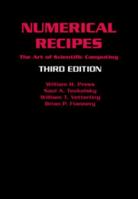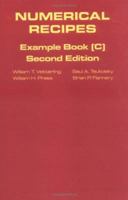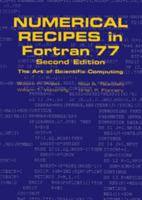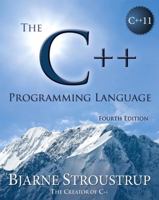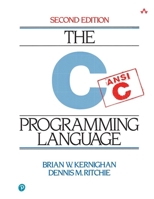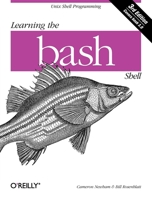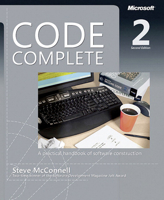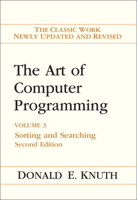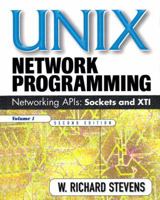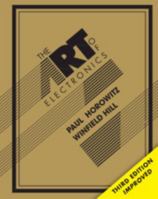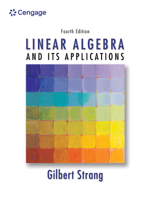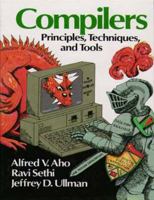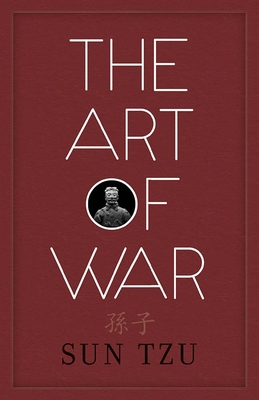Numerical Receipes Example Book Pascal: The Art of Scientific Computing: PASCAL Example Bk
You Might Also Enjoy
Customer Reviews
Rated 4 starsExcellent classic mathematics and programming text
Strange that I should get this book after I stopped using an old fashioned programming language and started using Mathematica. There are still algorithms used in this text that haven't been "built-in" in Mathematica. Ten years ago I used texts much like this to program on a daily basis,so I know that although this is well written it still leaves a lot for the programmer to fill in. I even found some material I still need...
0Report
Rated 4 starsMathematical function examples in Pascal
This book was written in 1985 when Pascal was still taught in most colleges. This is part of series called "Numerical Recipes: The Art of Scientific Computing" which provide explanation and examples of how you can use the computer to help your work. This particular book does not go into detail about the math, but it gives you examples of routines used to solve your particular problem.Some of the examples listed cover linear...
0Report
Rated 5 starsRock Solid
Get the book w/disk. If you're programming numerical routines in C, there's no better place to go. I've used the first edition of the book w/software for more than 10 years and I'll keep using this stuff till the end. Translating from C to C++ has been a very easy task these 10 years. The important thing is that these recipes are fast, intelligently done, and the book (which you should get) explains everything, including the...
0Report
Rated 5 starsVery informative and very much fun to read
This is by far my favourite technical book. Somehow, they make the material very living and clear by their informal way of writing. This book is sometimes even fun, just to read it. Nowadays, I mainly use it for linguistic content when I'm writing a technical English text.
0Report














